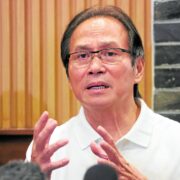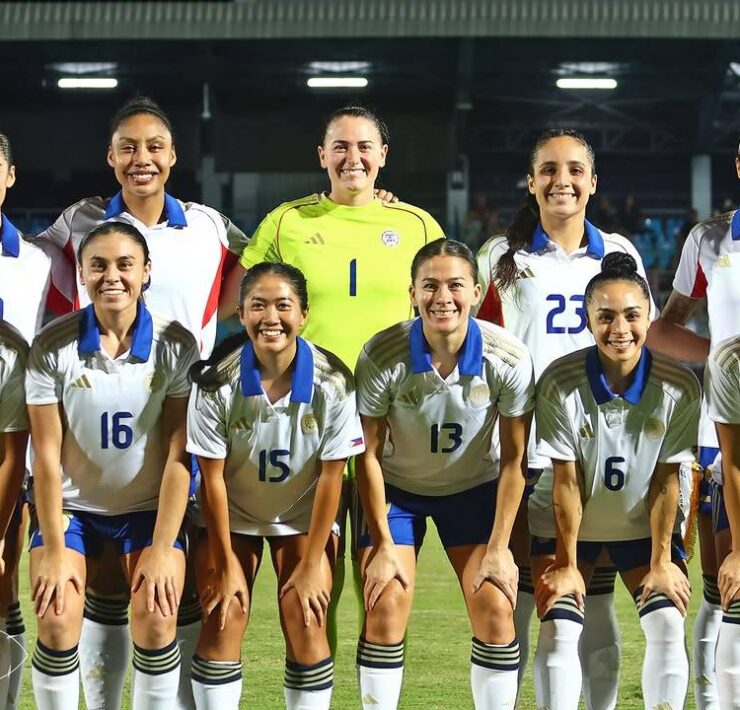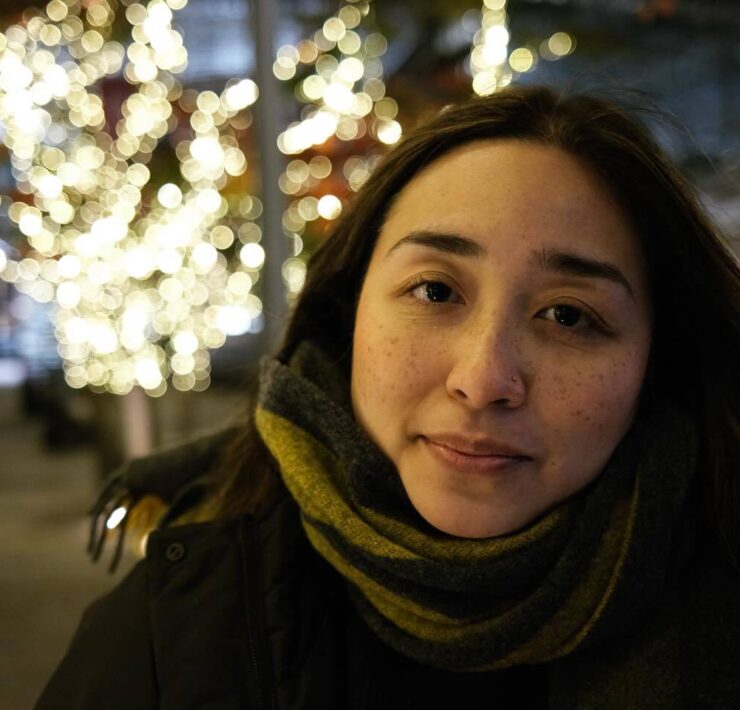‘Para Kay B’ returns onstage with a ‘bigger heart’
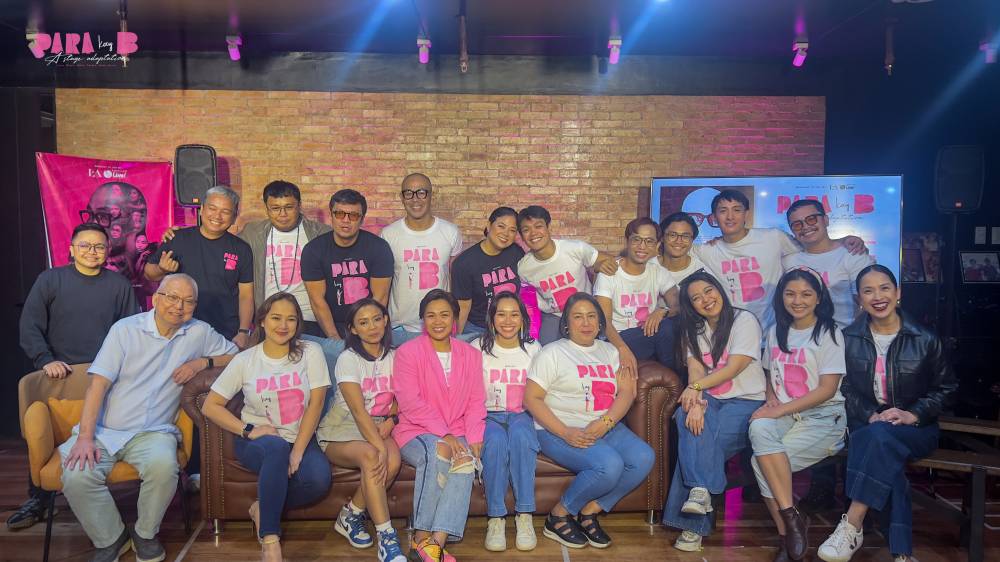
Ricky Lee usually starts writing new characters with a rough idea of what they’re like and what he wants them to be. But somewhere along the writing process, the question becomes whether they actually want to be what he wants them to be.
One thing he has learned through decades of practice is that it’s precisely when the characters start assuming their own personas—and stray from his control—that “some of the best writing happens.” Because then, he’s forced to dig deep and examine his own biases, as he reckons with the decisions his characters make.
“Sometimes, they do things I wouldn’t do or find themselves in situations I wouldn’t dare go to. So subconsciously, I argue with them. I have to reason why they need to do what they do,” the eminent screenwriter-novelist tells Lifestyle Inquirer.
Lee, the National Artist for Film and Broadcast Arts, may win the invisible tug of war with his characters in his early drafts—only to realize later that his victory didn’t actually make him all that happy. “It’s because I didn’t let them be,” he points out. “The characters will resist, so you keep revising to find out what their motivations are.”
A writer’s capacity for love
This constant, sometimes grueling, back-and-forth is something Lee knew all too well while writing “Para Kay B,” his first-ever—and now iconic—novel. And through its stage adaptation, which is set for an upcoming rerun, Lee gets to relive the testy confrontations he had with Bessie, Irene, Sandra, Erica, and Ester—whose intertwining love stories use elements of magical realism to explore themes or heartbreak, societal taboos, and personal growth.
In one of the play’s raucously hilarious moments—as shown in a sneak peek—the five women call out the in-story writer and narrator, Lucas, challenging the fates he has written for them. “That’s more or less how it played out in my mind,” Lee says with a chuckle.
“Will Sandra still fall in love with Lupe (her half-brother)? I tried to keep Ester from stepping out of her bounds, but when later on, she fell for Sara, I gave up insisting on what I wanted… Because I listened to them. I didn’t have to listen to myself or think about what the readers think,” he adds.

These are wounded, flawed characters. And yet, here’s Lucas—embracing the five women in all their complexity without judgment—even as he wrestles with the decisions they make. The characters don’t always end up the way they were intended to be, but such is the vastness of a writer’s heart, Lee points out. It can hold space for all of them—“from the most evil to the kindest, the rudest, to the most devout.”
“Para Kay B” is meant to be a celebration of a writer’s soul, and Lee believes he has achieved that goal with the book. But little did he know that through its theater adaptation—which will have a second commercial run from Sept. 12 to 28 at The Doreen Black Box Theater at the Ateneo de Manila University—“Para Kay B’s” heart could grow even bigger.
Lee cites the fleshing out of Ruben—the man Sandra ends up marrying not out of pure love, but more out of gratitude and convenience—as one of the adaptation’s key additions. “Ruben showed na kaya pala magmahal nang walang pag-aangkin. That love isn’t ownership. That by loving you become your real self,” he says. “That’s what I saw in the previous run, and you will see it again in the next run.”
“Mas lumawak pa ‘yung capacity for love,” he adds.
Staying true to the core
Produced by LA ProdHouse and Fire and Ice Live!, the production is spearheaded by director Yong Tapang Jr., who also serves as one of the producers alongside Lambert Angeles, Voltaire de Jesus, Liza Diño, and Ice Seguerra. With a script by playwright Eljay Deldoc, the play—true to Lee’s wishes—stay true to the core of all five stories in a way that won’t alienate non-book readers, while still satisfying those who know the novel inside and out.
The play is designed to make the viewers feel like they’re part of Lucas’ writing process, as his progress plays out on stage. For some, the mention of “Para Kay B” immediately brings to mind the story of the five female characters. Here, Deldoc ensures “to champion” a writer’s journey through Lucas.
“We let Lucas open his heart. And by letting people in, he challenges them to understand different kinds of love that aren’t fully accepted and understood,” Deldoc says of Lucas, who will be played by Mario Magalona—one of the new actors joining the cast.
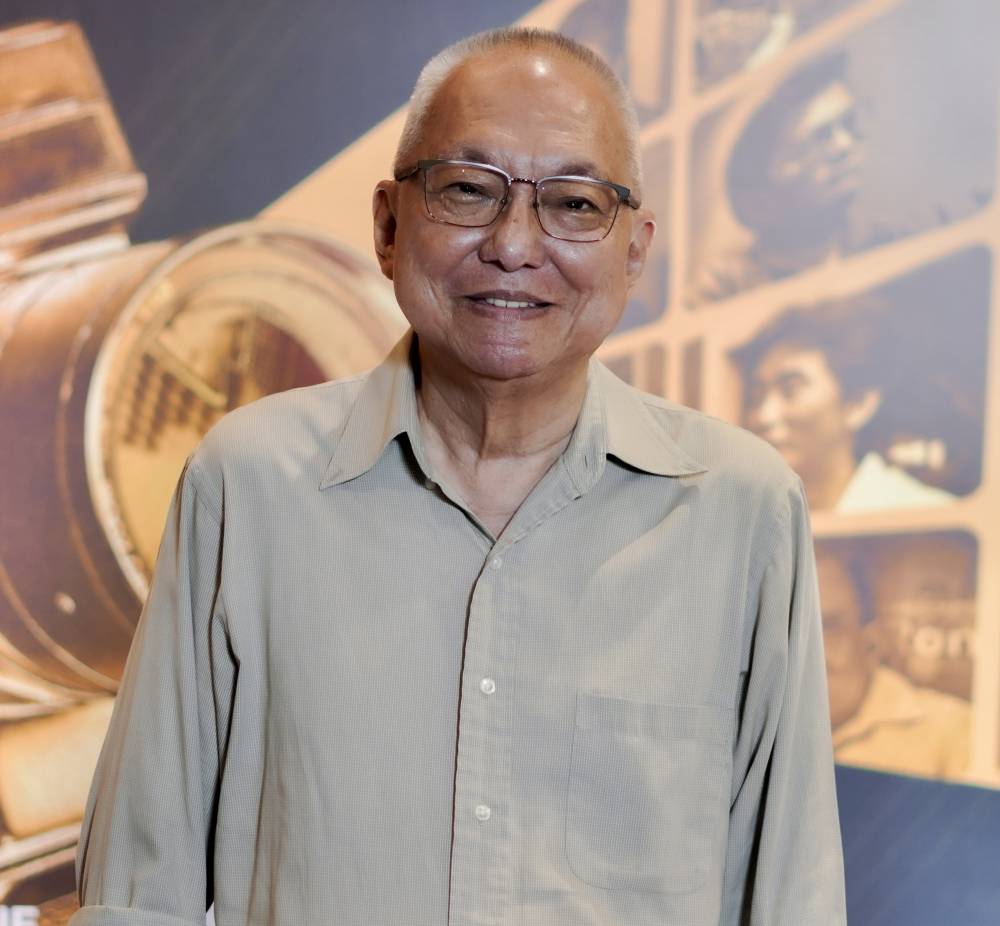
Returning to their roles are Liza Diño (Ester), Via Antonio (Erika), Ava Santos (Bessie), Martha Comia (Irene), and Sarah Garcia (Sandra). And as they prepare for their next outing, they believe their connection to their respective characters has only deepened.
“We were in survival mode in the previous one. I was more concerned about memorizing my lines and blockings. But now, I have the time to explore the character on a deeper level, and do things I was afraid of doing before,” Antonio says of playing Erika, a woman from a fictional town on a quest for elusive love.
Garcia, meanwhile, thanks Sandra for helping her understand that acceptance and empathy are more than just words. “They’re an experience,” she says, “and it flows within me and into my character.”
A drop of hope
The tagline of “Para Kay B”—“Sa limang umiibig, isa lang ba talaga ang pwedeng maging maligaya?”—captures the heart of these characters’ journeys. And those familiar with the book know that, indeed, only one of them comes close to achieving happiness, but not without a cost.
But despite its bittersweet ending, “Para Kay B” still aims to inspire hope for a better, kinder world. And for writers like Lee, that’s as good a reason as any to keep telling stories—regardless of medium, and regardless of how many are reading or watching.
“That’s what drives us. We believe that through writing, we can help make the world a better place, even if it’s just a tiny drop,” Lee says. “That’s what we hope this play’s rerun can do. Watching it, you may feel the pain and the wounds, but in the end you come out with a bigger heart more capable of loving.”







